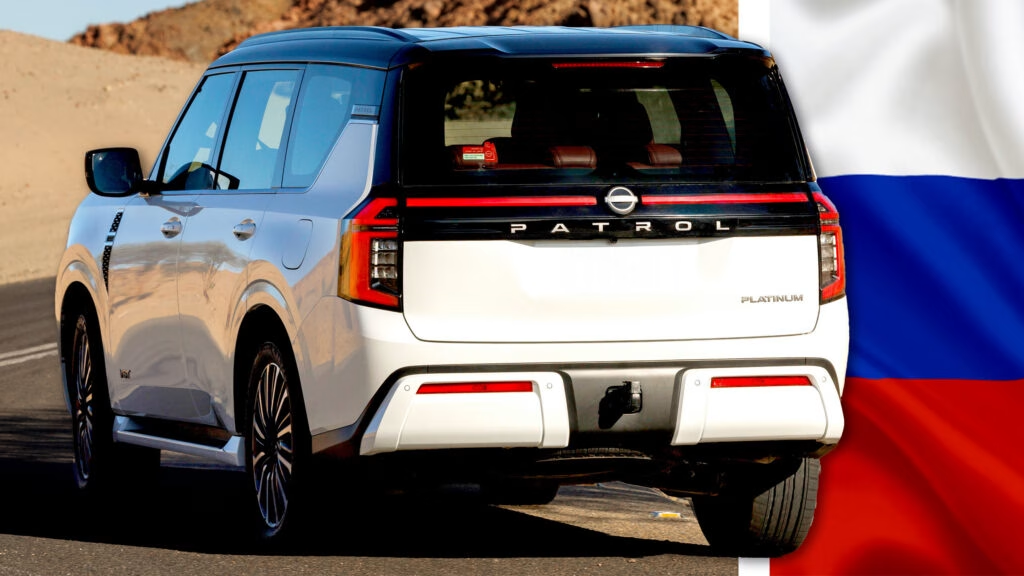The Impact of Western Sanctions on Russia’s Automotive Market
The automotive landscape in Russia has undergone a seismic shift since the onset of the Ukraine conflict in 2022. Western sanctions led to the rapid exit of numerous European and American automakers, leaving a significant void in the Russian car market. This departure not only disrupted supply chains but also created an unexpected opportunity for Chinese manufacturers to step in and fill the gap.
As Western brands retreated, the influx of Chinese vehicles into Russia has been nothing short of remarkable. Companies like Otting are poised to capitalize on this shift, with plans to introduce rebranded models that were previously unavailable in the country. This situation raises important questions about the future of the automotive industry in Russia and the implications for consumers and manufacturers alike.
How Are Chinese Automakers Responding to the Market Void?
With Western automakers exiting, Chinese companies have seized the opportunity to flood the Russian market with their vehicles. This influx is not merely a matter of replacing lost brands; it represents a strategic move to establish a foothold in a market that has suddenly become more accessible. For instance, Otting, a relatively unknown entity outside of Russia, is set to launch the Chinese-made Nissan Patrol in 2026. This vehicle, which is known as the 2025 Armada in North America, exemplifies how Chinese manufacturers are leveraging their joint ventures with Western companies to offer rebranded versions of popular models.
The significance of this development cannot be overstated. By introducing vehicles that were previously off-limits due to sanctions, Chinese automakers are not only meeting consumer demand but also positioning themselves as key players in a reshaped market. The Nissan Patrol, now rebranded and manufactured in China, will be the only Japanese SUV officially available in Russia, highlighting the unique niche that Chinese manufacturers are carving out.
What Are the Implications for Consumers in Russia?
For Russian consumers, the arrival of Chinese vehicles presents both opportunities and challenges. On one hand, the increased availability of vehicles provides more options in a market that had been severely limited. The introduction of models like the rebranded Patrol, along with other offerings such as the Paladin SUV and the Palasso pickup truck, gives consumers a wider range of choices that cater to various preferences and needs.
However, the shift also raises concerns about quality and reliability. While Chinese automakers have made significant strides in improving their vehicles, there remains a perception among some consumers that they may not match the standards set by established Western brands. This skepticism could impact sales, particularly among consumers who prioritize brand reputation and perceived quality.
What Future Developments Can We Expect?
Looking ahead, the Russian automotive market is likely to continue evolving as Chinese manufacturers expand their offerings. Otting’s plans to introduce the Rich 7, a Nissan Navara-based pickup, and the Z9, a model featuring a hybrid powertrain, indicate that the competition will only intensify. These vehicles are designed to appeal to a diverse range of consumers, from those seeking traditional pickups to those interested in more innovative, eco-friendly options.
Moreover, the introduction of hybrid and electric vehicles aligns with global trends toward sustainability, suggesting that Chinese manufacturers are not just filling a gap but are also looking to the future. As they navigate the complexities of the Russian market, these companies may also influence broader automotive trends, particularly in terms of technology and design.
In summary, the departure of Western automakers from Russia has opened the door for Chinese manufacturers to make significant inroads into the market. While this presents new opportunities for consumers, it also raises questions about quality and brand perception. As the automotive landscape continues to evolve, it will be fascinating to see how these dynamics play out and what they mean for the future of the industry in Russia.

